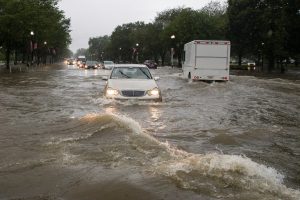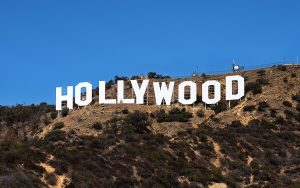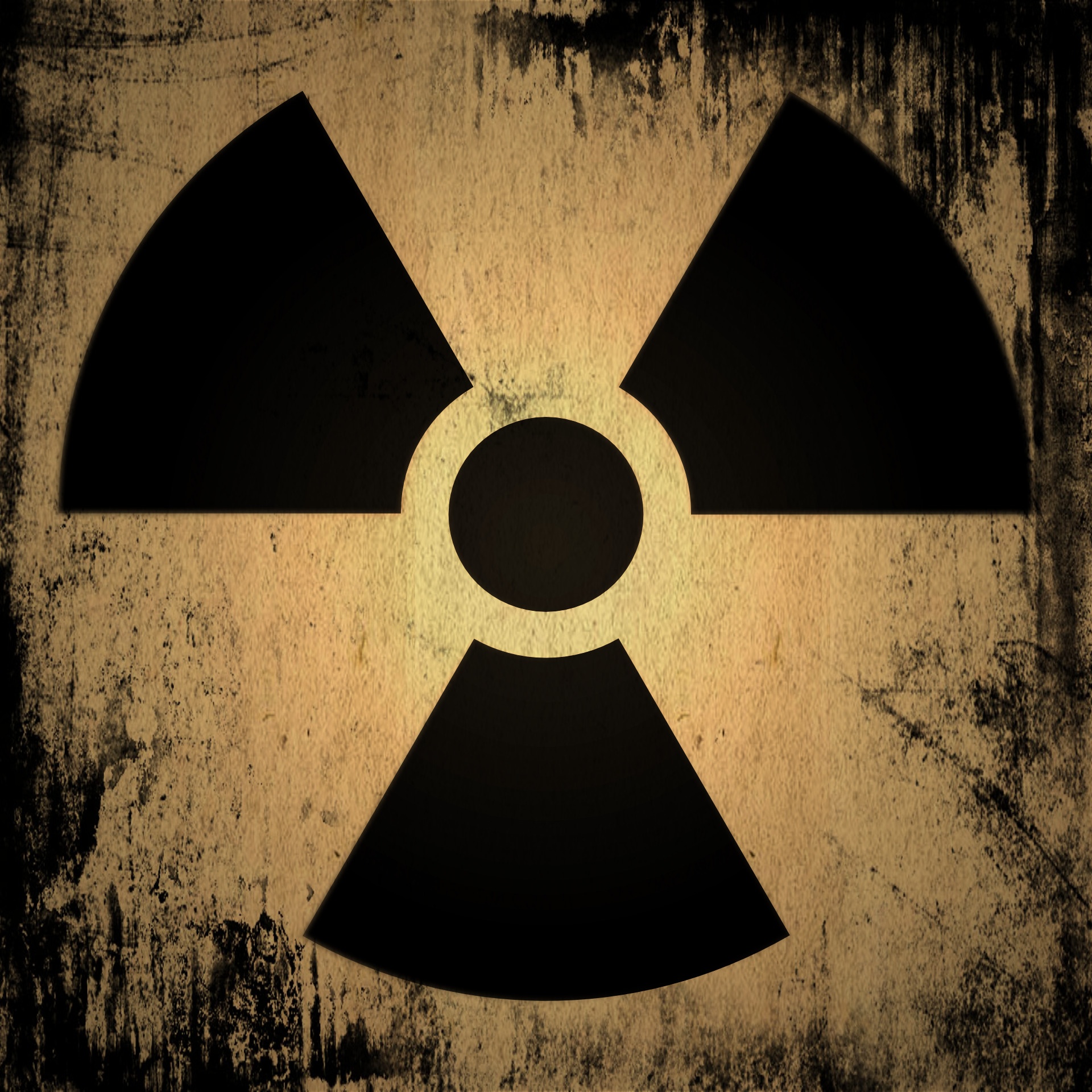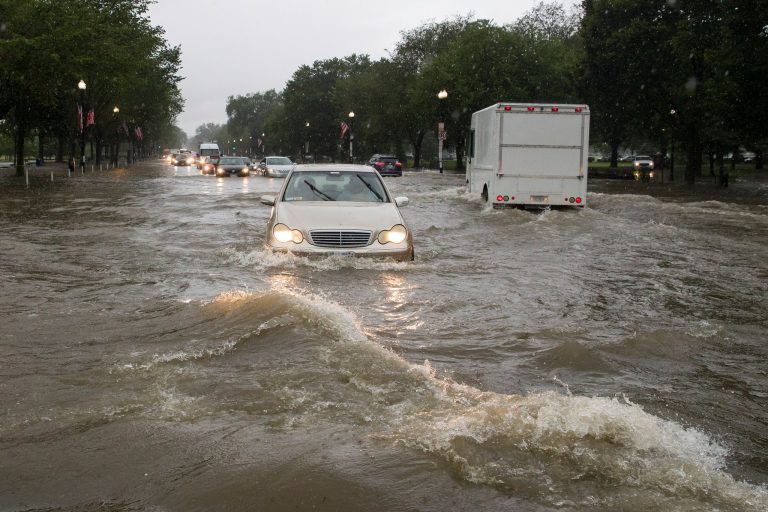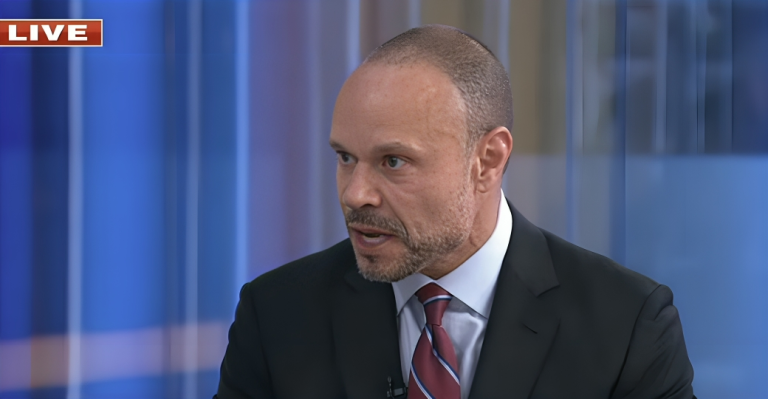As tensions rise between global superpowers, defense analysts and military historians are once again turning their focus to a terrifying question: Which U.S. cities would be targeted first if a full-scale global conflict—potentially even nuclear—were to erupt? While some names on the list are expected, others may surprise you with their strategic significance.
The Modern Battlefield: Not Just Big Cities
Professor Alex Wellerstein, a noted nuclear weapons historian, explains that target selection in nuclear strategy isn’t just about population size or fame. “Targets are chosen based on their ability to cripple command systems, military operations, and national morale,” he said.
Cities that house major military command centers, weapons storage facilities, and communication nodes top the list—not just for their functionality, but for the symbolic message their destruction would send.
America’s Nuclear Nerve Centers
Among the most at-risk locations are small but highly strategic cities like Great Falls, Montana and Cheyenne, Wyoming. Both house vital Air Force bases—Malmstrom and Francis E. Warren, respectively—that oversee critical ICBM sites and command systems. Similarly, Colorado Springs is home to NORAD, the command center responsible for detecting and responding to nuclear attacks, making it a top-priority target.
Omaha, Nebraska, with its Offutt Air Force Base, functions as the headquarters for U.S. Strategic Command. Disabling this node would leave the U.S. nuclear response scattered and delayed.
Military Infrastructure and Support Hubs
Smaller cities like Ogden and Clearfield, Utah, located near Hill Air Force Base, and Shreveport, Louisiana, home to Barksdale AFB and its fleet of nuclear-capable bombers, may not be on the average American’s radar, but are essential to America’s defense posture.
Albuquerque, New Mexico—beyond being a major city—is strategically important due to Kirtland Air Force Base and its proximity to Los Alamos National Lab, a pillar of U.S. nuclear research.
Naval and Pacific Vulnerabilities
Seattle, Washington sits near Naval Base Kitsap, one of the largest nuclear weapons depots in the country, while Honolulu, Hawaii remains a linchpin in America’s Pacific military presence. Both cities are vital for naval readiness and international staging, placing them firmly in the crosshairs.
High-Impact Civilian and Economic Targets
Naturally, larger cities make the list too, but not just for their population. Houston is the epicenter of U.S. energy infrastructure. Chicago, a critical transport hub. San Francisco and Los Angeles represent both tech and culture, key to America’s global identity.
The Crown Jewels: Political and Economic Powerhouses
Finally, Washington, D.C., and New York City round out the list. The former is the nerve center of U.S. government, while the latter is a symbol of economic dominance. Destroying either would have catastrophic consequences—both practically and psychologically.
While the thought is grim, understanding these vulnerabilities is key to preparing for the worst and preventing it altogether.

Sarah Mitchell is a bestselling novelist recognized for her insightful and emotionally resonant stories that explore the complexities of human relationships. Originally from Denver, Colorado, Sarah grew up in a family of teachers who nurtured her curiosity and love for storytelling. She studied psychology at Stanford University, where she became fascinated by the intricacies of human behavior—an interest that would later shape her writing career. Sarah’s novels are praised for their nuanced characters, intricate plots, and ability to capture the subtle tensions that define love, friendship, and family ties. Her breakthrough novel, The Spaces Between Us, became an instant bestseller, lauded for its honest portrayal of strained family relationships and the fragile bonds that hold people together. Since then, she has published several works that continue to captivate audiences around the world. Outside of her writing career, Sarah is passionate about mental health advocacy and often partners with organizations to promote awareness and support for those struggling with emotional well-being. Her personal life is quieter—she enjoys hiking in the Colorado mountains, practicing yoga, and spending time with close friends. With each new book, Sarah Mitchell cements her reputation as a writer who illuminates the beauty and struggles of human connection.
